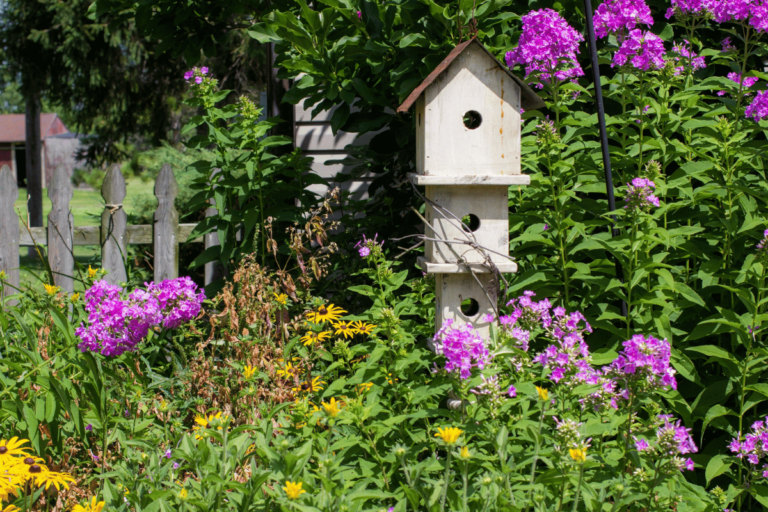The significance of pollinators
Pollination is essential for flowering plants to reproduce and for producing
abundant fruits and vegetables. Among others, these insects cause pollen from
one flower to the other, thus promoting fertilization and helping seeds mature
into fruits. In fact, without them, many crops that are relied on for food
production would not bear fruit, leading to reduced yield and loss of
biodiversity.
By setting up pollinator gardens, people can also play a significant role in
conserving these crucial animals and, hence, fostering a healthy biosphere. In
such gardens, various species find food, water, breeding grounds, and shelter;
this helps sustain their numbers and promote biodiversity. The other advantage
of inviting them into your kitchen garden involves improving yields for your
vegetable and fruit crops.
Pollinators Attracting Plants
When creating a pollinator garden, you should select plants with nectar and
pollen all year round. Indigenous flowers are preferable since they suit local
weather conditions better, thus attracting homegrown bees, amongst others. Some
common examples include milkweed, coneflowers, bee balm, lavender, and sunflowers.
Milkweed
It is mandatory for monarch butterflies since it supplies their larvae with
hosts and nectars.
Coneflowers and Bee Balm: These are excellent sources of nectar, especially
bees and butterflies.
Lavender
Many types of pollinators come because of their fragrant flowers.
Sunflowers
These give out seeds to birds and insects besides producing nectar.
To attract diverse pollinating insects, you need a mixture of different
flowering plant species that bloom at various times during the year, each
having distinct shapes or colourations. It will enable pollinators to quickly
locate the flowers by grouping them while planting in clusters. Do not buy
pesticides since they may kill pollinators and disrupt the natural ecological
balance of your garden.
It is good to provide water points, including a tray with shallow water and
stones at the edge for them to perch on. Moreover, undisturbed parts of gardens
should be left intact by having leaf litter around them, brush piles, and bare
soil because they act as habitats for breeding and sheltering. The beauty of
establishing such an environment is that you can support such essential animals
while enjoying a thriving and diverse landscape.
Creating a Pollinator Garden: Step-by-Step Guide
Site Selection
Look for a sunny area because most pollinators prefer warmth and sunshine.
Provide a safe space by sitting in the garden with no solid winds for
pollinators.
Soil Preparation
Assess soil quality, then enrich it to become fertile enough for growth.
Also, adding compost enhances the texture and nutrient content of soils.
Plant Selection
Choose different plants blooming in succession to ensure constant
availability of nectar sources. Native flowers are usually suitable because
they have adapted to the company’s weather conditions, thus attracting local
bees.
Planting Techniques
Group similar plants together in clusters rather than scattering them all
over the place to make it easier for insects to spot their species quickly.
Water Sources
A shallow dish or bird bath will serve this purpose well; add stones inside
so insects can land on them while drinking water from there.
Nesting and Shelter
On the ground, some areas are left empty to attract ground-burrowers, such
as honey bees, into those spaces when offered logs, old bricks, or even places
where nothing but Earth exists.
Maintenance
Occasionally remove weeds from your garden, besides irrigating frequently,
without using chemicals like pesticides that might hurt these valuable
organisms. You can also employ organic mulches to control weed growth and preserve
water in the soil without harming pollinators.
Observe and Enjoy
Take time to observe the pollinators that come to your garden. It is a great
way to identify any additional requirements or improvements for your garden.
Following these steps and considering the needs of pollinators will help you
create a garden that supports these vital creatures. A well-designed pollinator
garden promotes biodiversity, improves crop yields, and beautifies outdoor
areas.
Explore More Gardening Tips and Ideas
Source: Pollinator Garden


